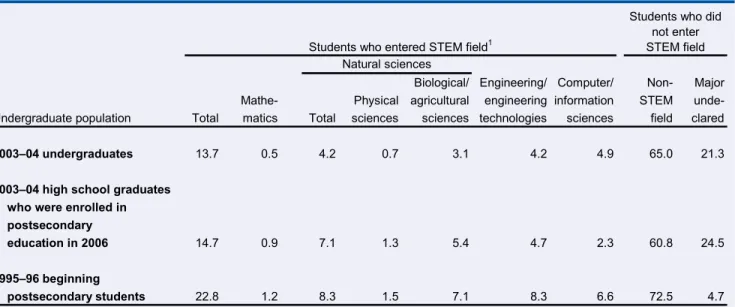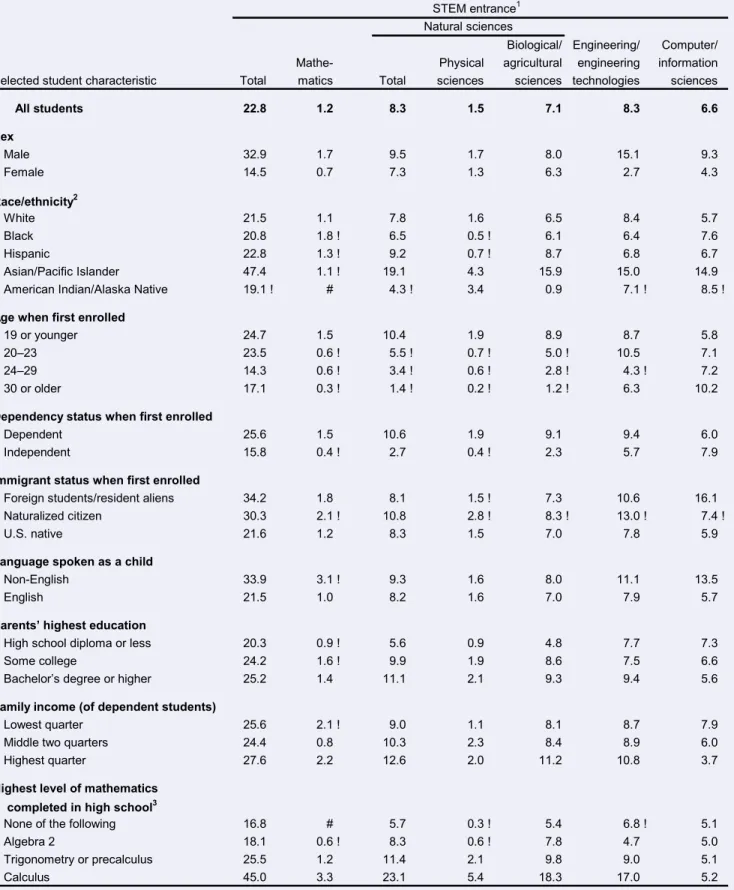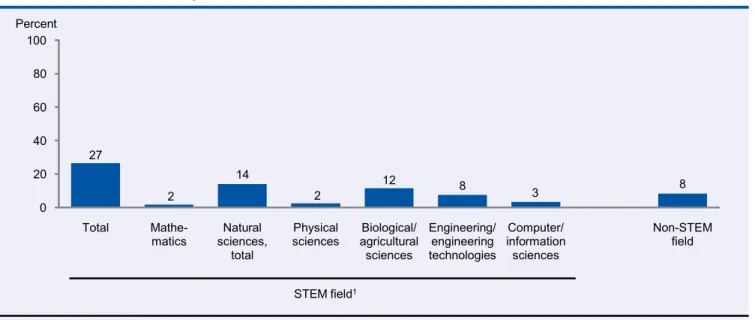Stats. in Brief July Students Who Study Science, Technology, Engineering, and Mathematics (STEM) in Postsecondary Education.
Full text
Figure




Related documents
2.4.1 Changes to fringe benefit contributions by staff and the institution must firstly be communicated to the Human Resources section for the purpose of remuneration management,
Artificial Intelligence Computer Engineering Computer Science Cybernetics Electronic Engineering Information Technology Mathematics Meteorology Natural Sciences Robotics
This paper discusses basic emergency care, obstetric and fetal assessment, preterm labor, premature rupture of membranes, severe preeclampsia, eclamp- sia, prolapsed
By studying quantum fluctuations very near the horizon, Hawking, as well as Bill Unruh, had proved that black holes have a temperature and, like any other warm ob -
Historic spotted owl sites surveyed per year and the number of these with spotted owl pairs, spotted owl singles, unknown status spotted owls, hybrid owls, mixed species pairs,
In the event that a member dies prior to claiming retirement benefits, the total sum of the Member’s account will be paid to the member’s beneficiary(s).. A beneficiary(s) is
In addition to Mathematics and Computer Science, disciplines in the Natural Sciences include: Astronomy, Biological Sciences, Chemistry, Geology, Physical Geography, Earth Science,
However efficacious treatments are rarely adopted or successfully implemented in community settings (Proctor et al., 2009). This suggests that less is known about





